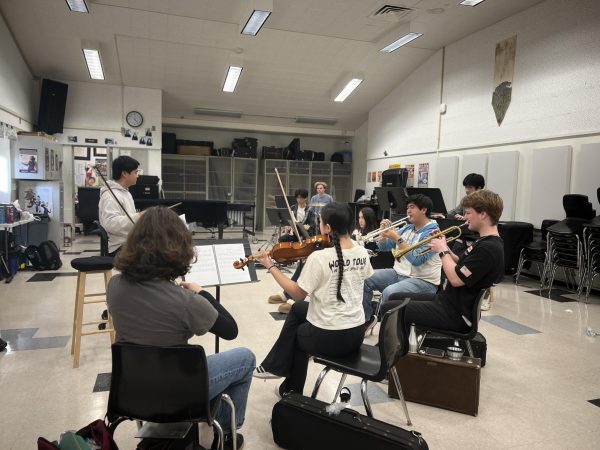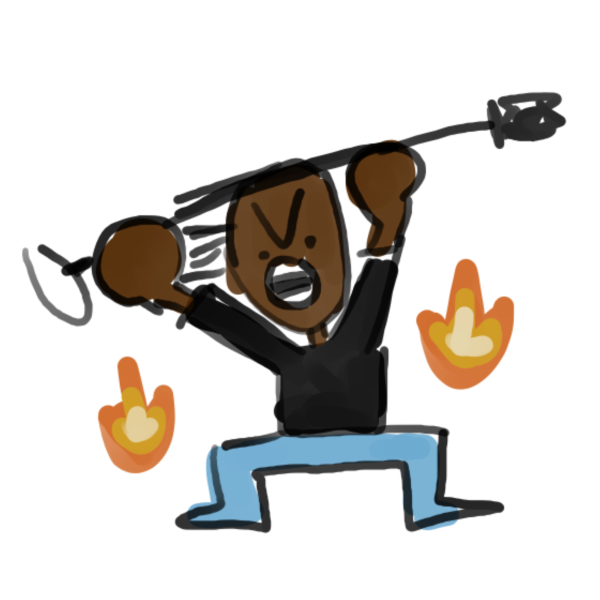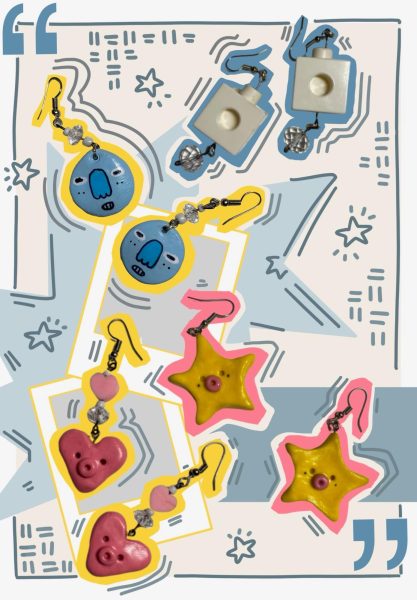Game Review: Ori and the Blind Forest
Does anyone remember those 2-D, pixelated platform games? Early Super Mario, Metroid, and Castlevania?. In multiple gaming review sites, Ori and the Blind Forest is being called the “Metroidvania” of the current generation console. Combined with Metacritic’s rating of 88% and Steam’s rating of 10/10, it’s safe to say that this title is a compliment. Ori and the Blind Forest is also comparable to Super Smash Bros. Brawl, a brawler platformer that has one of – if not, the best – sidescroller fighting mechanics on the Wii console. Smash Bros.’s hard mode for the story and stages gameplay are actually difficult, as well. To bring us back to the point, from my experience, Ori and the Blind Forest is an amazing combination of excellent storytelling and Smash Bros.’s difficulty and combat, with a tad less variety on the latter.
While the combat in Ori and the Blind Forest can get repetitive, and the attacks themselves lack diversity (for the most part), there is enough going on to keep you focused and wary throughout the whole game. You start with merely two fireballs to launch at enemies before you have to stop, drop, roll, and wait a few seconds for them to recharge. Of course, as the game progresses, you can add to a number of attacks Ori is able to do during combat. However, you’ll have to balance between aggressive and explorative gameplay in order to complete all of the content Ori and the Blind Forest has to offer, so don’t go for everything on the offensive skill tree first! Playing too aggressively doesn’t work because everything about the enemies and the environment will whittle down your health somehow. (I believe you can have up to six health points.) Not only this, but you respawn at your last save point after a death, and you can’t exactly save often. All in all, it is very slow-going and difficult to progress in the game.
The storytelling is definitely five steps up from the combat, and the latter is nothing to sneeze at, really. The opening cinematic introducing Ori and Naru to you feature both narrations with subtext cleverly inserted into the scene. You control both Naru and Ori in various scenes in the opening cinematic. This, combined with the non-intrusive narration creates a deep level of immersion and connection with the characters extremely early in the game. I, for one, am not a person to easily become emotional or attached to a game’s characters, yet I began to cry near the end of the opening cinematic. There’s definitely some effective use of pathos going on throughout the story. As you travel through the almost entirely open world, there will be various areas on the map where the abovementioned subtext and narration will appear and give you another hint about the continuation of the plot. Just a warning, though: though this isn’t a tragedy, it is an emotional rollercoaster! If you are susceptible to lots of tears, keep a tissue box somewhere nearby.
Overall, Ori and the Blind Forest is a solid mix of storytelling, exploration, and combat, with much more emphasis on the story. The combat gets very repetitive, especially when you have to use the same attacks over and over again, and there really isn’t much incentive to explore and find hidden areas until you stumble across your first one and realize the value of what’s there. However, there is that sense of achievement you get after you’ve beaten that one super difficult enemy or after you get past that one (or more) frustrating area(s). That sense is what keeps me coming back to the game whenever I have any free time, and I’m sure other players feel the same way, too. To add to Ori and the Blind Forest’s impressive list of ratings, I give this game a 9/10!






